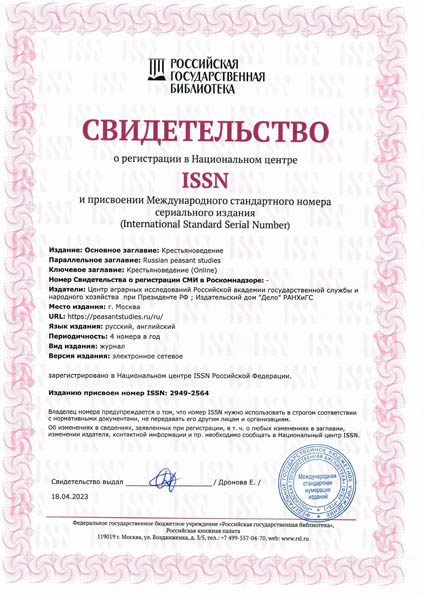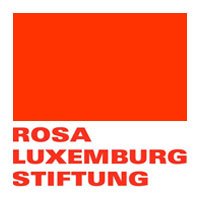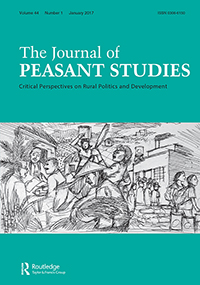Urban population of the Jewish Autonomous Region in the historical dynamics of the late 1980s–2010s
Nov 25 2022Breslavsky A. S. Urban population of the Jewish Autonomous Region in the historical dynamics of the late 1980s–2010s // The Russian Peasant Studies. 2022. V.7. №3. P. 151-173.
DOI: 10.22394/2500-1809-2022-7-3-151-173
Annotation
The article focuses on the current demographic development of the urban settlements network in the Jewish Autonomous Region under its ongoing deindustrialization and the revision of the strategy of its social-economic development. Based on the results of the All-Union census of 1989, data of the All-Russian censuses and special surveys, the author describes the demographic crisis of all urban settlements in the region: 2 cities and 12 workers’ settlements. The high dependence of settlements on the local city-forming industrial enterprises and their insufficient infrastructural development in the Soviet and post-Soviet periods determined the current demographic crisis. During the period under study, the population in 8 workers’ settlements decreased by more than a third (in each), in 4 — by more than a half. The population of the city of Obluchye decreased by a third, of the capital city Birobidzhan — by 15%. Today, this demographic crisis is determined by the sustainable trends of the natural population decline and by the out-migration in the 1990s–2010s, which the region will not be able to overcome on its own in the coming decades. Despite the attempts of the regional authorities to implement new development strategies, regional settlements continue to experience a demographic crisis.
Keywords
Far East, Jewish Autonomous Region, urban history, urbanization, cities, urban population, Birobidzhan.
About the author
Breslavsky Anatoly S., PhD (History), Senior Researcher, Laboratory for Historical Geography and Regionalistics, Tyumen State University; Lenina St., 23, Tyumen, 625003, Russia.
E-mail: This email address is being protected from spambots. You need JavaScript enabled to view it.





















